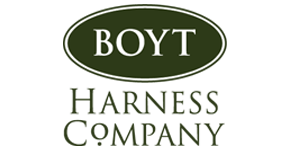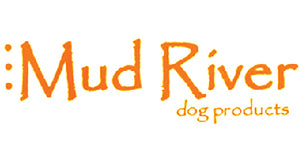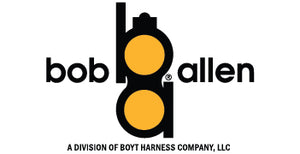Holy Moldy! Mold Ingestion Causes Toxic Tremors
Dogs, notorious for their scavenging behaviors, possess the unique ability to sniff out and devour a foul-smelling snack; this can be not only repulsive, but it may also lead to deadly consequences. A specific and dangerous toxic condition called tremorgenic mycotoxicosis can occur in dogs who ingest moldy decaying matter, such as old food leftovers, remains from the compost pile, or dead animal carcasses from the yard or woods. If you have mold in your home where your dog's food is kept there is a chance that it can infect it if not properly covered.
To get to the route cause you will need to call in professional services to extract and treat the mold, then get fresh well-sealed food to make sure that it does not happen again.
Dogs develop symptoms of mold toxicosis within the first few hours after ingestion of a mold-infested meal. Mycotoxins (toxins produced by certain molds) are potentially deadly, seizure- and tremor-producing toxins that grow on decaying organic material.
If you suspect your pet has consumed a rotten food, call your veterinarian for immediate aid. Depending on the content ingested, your pet's doctor may recommend either induction of vomiting at home or immediate transport to the hospital for care. As with most other toxin ingestions, the sooner care is sought, the better the likely outcome.
Symptoms of mycotoxin toxicosis may include:
- Staggering and incoordination
- Muscle tremors
- Excessive drooling
- Rapid eye movements
- Seizures in a pet without previous seizure history
- Vomiting
- Malodorous breath
Mycotoxins mainly affect the central nervous system, interfering with normal signaling pathways of the brain and spinal cord. Without normal regulation, nerves will fire uncontrollably, producing tremors, uncoordinated gait, and seizures. Unregulated, these symptoms can progress to death. Other systems of the body may also be impacted by mold toxins, including the intestinal tract and occasionally the liver. Other types of toxins can mirror symptoms of mold toxicosis.
Any pet exhibiting these symptoms should be examined ASAP. If you know what your pet may have eaten, this information is valuable in development of a treatment plan. Never induce vomiting without first speaking to your pet's doctor. Some toxins should not be vomited up due to corrosive properties. Treatment for mycotoxicity involves decontamination and supportive care; no specific antitoxin exists. Pets with severe tremors or seizures need heavy sedation or general anesthesia and IV anti-seizure medications. If toxic stomach contents cannot be vomited up, the stomach will be pumped to help remove the toxins. The sooner elimination occurs, the better - after a 2-hour delay, stomach flushing is of minimal benefit. A toxin absorption material (activated charcoal) and a cathartic (diarrhea-inducing) agent are usually given to aid in binding and removal of toxins from the pet. IV fluids are also routinely needed for supportive care. In cases where tremor cause is unknown, stomach contents may be tested for a diagnosis confirmation, but in most cases this step is unnecessary.
You can help prevent mycotoxin toxicosis! Help protect your pet by eliminating routes of exposure. Don't feed moldy human or dog food. Throw leftovers away in pet-proof bins. Ensure proper gates or fencing around compost piles. Don't allow pets to chew on road kill or carcass remains. Keep animal feeds properly protected from environmental moisture and keep pets locked out of feed troughs or bins.
### Amanda Burow, D.V.M. (Dr. B), is a graduate of Iowa State University's College of Veterinary Medicine. Dr. Burow's patient list includes hunting dogs of all varieties, as well as several field trial dogs and full time sporting guide dogs. In addition to practicing general veterinary medicine, she has special interest in the areas of preventive care, emergency medicine, and dermatology. In her spare time, she enjoys being outdoors and on the lake, staying active, reading, and spending time with family and friends. Mud River is proud to share these tips from Dr. B with our customers. Keep in mind it is best to work with your local veterinarian to determine the needs for your animals.







